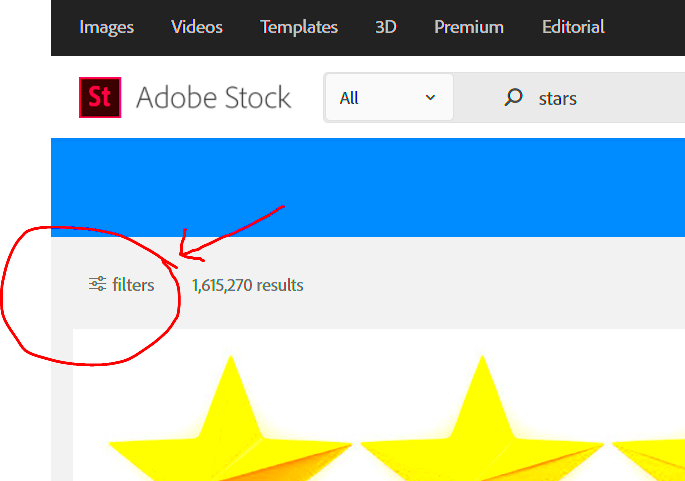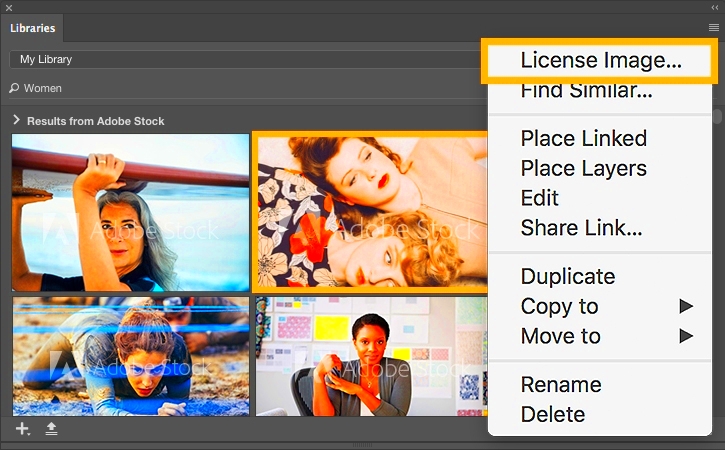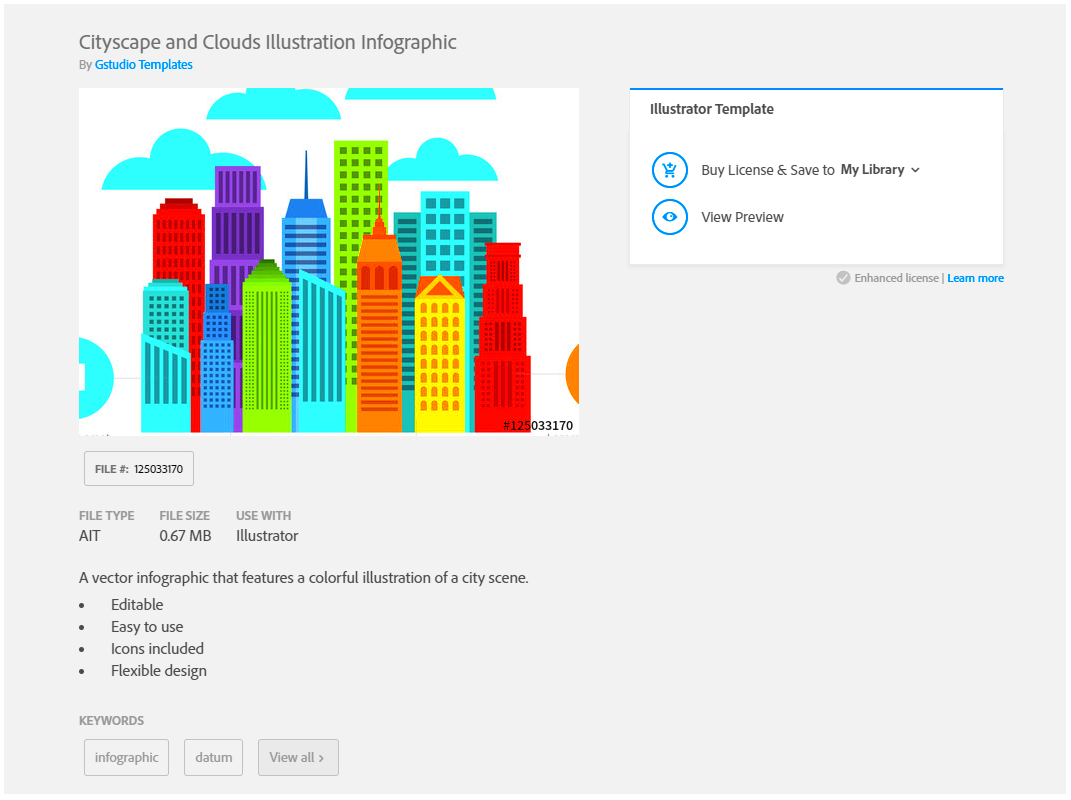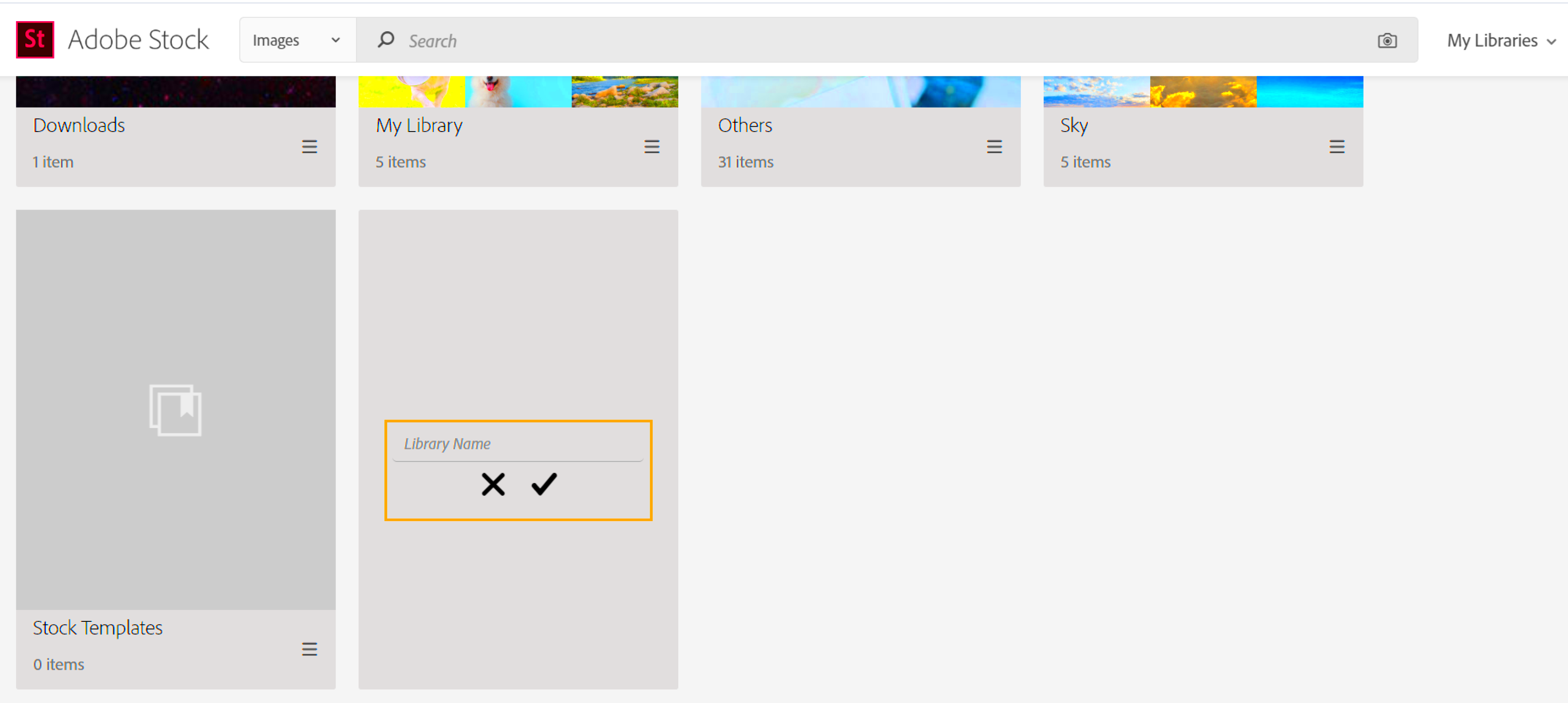Obtained from mass media social networks data, it is present at your disposal in these images, but the production of additional materials does not depend on you. I have learnt how important licensing is as a result of working on many platforms that sell stock pictures. With it, you will understand exactly what licensing really encompasses: it’s not just about acquiring pictures; rather its significant matters on how they can be properly utilized. These Rules apply when joining
Adobe Stock that gives access to an immense wealth of visual resources available online.
Adobe Stock has a system of protection for creators and users. To begin with, it is necessary to comprehend the meaning of licensing. In brief, licensing is a legal contract that enables one to utilize an image provided certain terms are met. You may liken it to a concert ticket where varying degrees of access are granted by different tickets. This way, you can avoid endless legalities and also use your pictures without fear.
Types of Licenses Available

Different needs have led
Adobe Stock to develop several types of licenses. Here is a brief overview:
- Standard License: This is the most common type. It allows for use in print and digital media with some limitations, like a cap on the number of copies.
- Extended License: Need to go beyond the limits of the standard? This license offers broader rights, allowing for merchandise and unlimited print runs.
- Editorial License: For newsworthy content, this license is your go-to. It restricts usage to non-commercial contexts.
By educating yourself on the different types of licenses, you will be able to select the most suitable type for your particular project. Through experience I have discovered that there are images which cannot be freely used and that it is better to choose the appropriate license beforehand in order to avoid future inconveniences.
Steps to License Content on Adobe Stock

It is quite easy to license content from
Adobe Stock. Here are the steps that I took, based on my personal experience.
- Create an Adobe Account: Start by signing up on Adobe Stock. A simple email and password do the trick.
- Search for Images: Use keywords that resonate with your project. I often find that being specific yields better results.
- Select the Image: Once you find an image that speaks to you, click on it for more details.
- Choose the License: Decide between standard, extended, or editorial based on how you plan to use it.
- Add to Cart: Click ‘Add to Cart’ to review your selection. Take a moment to double-check everything.
- Complete the Purchase: Proceed to checkout. Here, you can add payment details. Adobe usually provides various options.
- Download Your Image: After payment, your image will be available for download. It’s an exhilarating moment, akin to opening a gift!
By meticulously adhering to this procedure, you will find it easier and faster. My memory goes back to the day when I was given permission to use a picture that gave me so much confidence because I was using it respectfully without infringing on the artist’s rights.
How to Use Adobe Stock Downloader

For those such as myself, who appreciate instant access to excellent visuals, these functionalities seem to create an impression of coming from the moon. While using different tools for many years, I believe that they made the journey easier by avoiding all the hurdles involved with wayfinding when one is faced with multiple downloads. It’s like having “Jiminy Cricket” on your shoulder while looking for photos for your projects.In this context, what I’ll discuss should provide basic instructions based on how it works for me:
- Install the Downloader: Begin by downloading the Adobe Stock Downloader from the official Adobe website. It's straightforward, like any other software installation.
- Sign In: Once installed, open the downloader and sign in with your Adobe ID. This step is crucial for seamless access to your licensed content.
- Search for Images: Use the search bar to find images you need. Whether it's a serene landscape or a bustling city scene, the vast library is just a few clicks away.
- Select Your Content: Choose the images you wish to download. You can select multiple files, making it easy to gather everything in one go.
- Download: Click the download button, and the selected images will start saving to your device. It’s quick and efficient, much like a well-oiled machine!
I have saved endless hours in my own work using the downloader. It became a dependable device for me to maintain a constant and uninterrupted creative process.
Important Considerations for Licensing

This isn’t too different from what I have learned; they are the core principles I always remember: To be cautious is important when it comes to licensing in
Adobe Stock. Through trials and errors, I have understood that a tiny bit of hard work can be of great help.
- Usage Rights: Always read the details of your selected license. Each image comes with specific usage rights that dictate how you can use it, whether for personal projects or commercial purposes.
- Attribution: Some licenses may require you to credit the creator. Make sure to follow these guidelines to honor their work.
- Expiration: Keep an eye on the license duration. Some licenses may have limits on how long you can use the image, particularly for editorial content.
- File Format: Ensure the file format meets your project needs. Adobe Stock often provides various formats, so pick the one that suits your requirements.
When I think back on my own experiences there was a moment in which I did not pay attention to the licensing details that resulted in some complications. This invaluable lesson taught me the importance of being careful and thus made it easier for me to traverse through stock images’ domain with more assurance than before.
Common Mistakes to Avoid
In my journey with stock photographs, I have faced some setbacks that many other people can also relate to. Below are several misconceptions I hope you will not fall into:
- Neglecting License Details: Skimming over the licensing agreement can lead to misunderstandings. Always take the time to read it thoroughly.
- Ignoring Image Quality: It’s easy to get carried away by the sheer volume of options. Ensure that you’re selecting high-quality images that fit your project’s standards.
- Using Images Without Proper Rights: This is a big no-no! Always ensure that you have the right license for how you plan to use the image. This mistake can have serious repercussions.
- Overlooking Credits: If the license requires attribution, make sure you provide it. It’s not just a formality; it’s about respecting the artists behind the work.
Through the use of affordable writing services, I have discovered that if you as a client seek help from cheap paper writing services at a different level or even those that offer free essays and are aware of the ups and downs of their operations it is possible to prevent such misdeeds. It is important to note that such actions protect them legally and increase their regard for the realm of creativity.
FAQs About Adobe Stock Licensing
Adobe Stock licensing can be hard to wrap one’s head around, which is why I decided to gather a set of commonly asked questions. They do not just help us understand how the license works but also show my personal experiences and those of all other artists.
What is the difference between a standard and extended license?
Most applications, including digital or print media, are covered by the regular permission, but it limits copies. However, the expanded license allows for more extensive usage such as merchandising and unlimited print runs. I can still recall how it was back then when all I needed were some pictures for my product; going for the extended permit made all the difference!
Do I need to credit the photographer?
It is all contingent upon what kind of license it has been issued. The majority of standard licenses do not demand for credit but in most cases, images meant for editorial purposes tend to require them. Always check on the specifics anyway, for I have once gone through the pain of forgetting to credit an artist and feeling so bad because of that.
Can I use Adobe Stock images for social media?
This is very true! Provided that the license's conditions are followed. Using images that have been licensed can be a wonderful method to demonstrate your innovative side on social platforms. However, do take note that for commercial purposes another category of licenses may be necessary.
What happens if I exceed the licensing limits?
Legal challenges can arise when one transcends the confines. Therefore, it is critical to remain within the parameters in order to escape any consequences which might come up. My indecision owing to failure in confirming my access rights once put me into a conundrum; and I have since understood it better.
Conclusion on Licensing Content
When it comes to using images legally and ethically, one crucial step for any creative is licensing content on Adobe Stock. With a good understanding of the various licenses and adherence to specified guidelines, one can add value to their projects without jeopardizing artists’ names. My personal experience with stock photography revealed that just being careful would only save me from problems. If you are knowledgeable, you will easily maneuver through this stock image jungle without much difficulty.
 Different needs have led Adobe Stock to develop several types of licenses. Here is a brief overview:
Different needs have led Adobe Stock to develop several types of licenses. Here is a brief overview: It is quite easy to license content from Adobe Stock. Here are the steps that I took, based on my personal experience.
It is quite easy to license content from Adobe Stock. Here are the steps that I took, based on my personal experience. For those such as myself, who appreciate instant access to excellent visuals, these functionalities seem to create an impression of coming from the moon. While using different tools for many years, I believe that they made the journey easier by avoiding all the hurdles involved with wayfinding when one is faced with multiple downloads. It’s like having “Jiminy Cricket” on your shoulder while looking for photos for your projects.In this context, what I’ll discuss should provide basic instructions based on how it works for me:
For those such as myself, who appreciate instant access to excellent visuals, these functionalities seem to create an impression of coming from the moon. While using different tools for many years, I believe that they made the journey easier by avoiding all the hurdles involved with wayfinding when one is faced with multiple downloads. It’s like having “Jiminy Cricket” on your shoulder while looking for photos for your projects.In this context, what I’ll discuss should provide basic instructions based on how it works for me: This isn’t too different from what I have learned; they are the core principles I always remember: To be cautious is important when it comes to licensing in Adobe Stock. Through trials and errors, I have understood that a tiny bit of hard work can be of great help.
This isn’t too different from what I have learned; they are the core principles I always remember: To be cautious is important when it comes to licensing in Adobe Stock. Through trials and errors, I have understood that a tiny bit of hard work can be of great help.
 admin
admin








